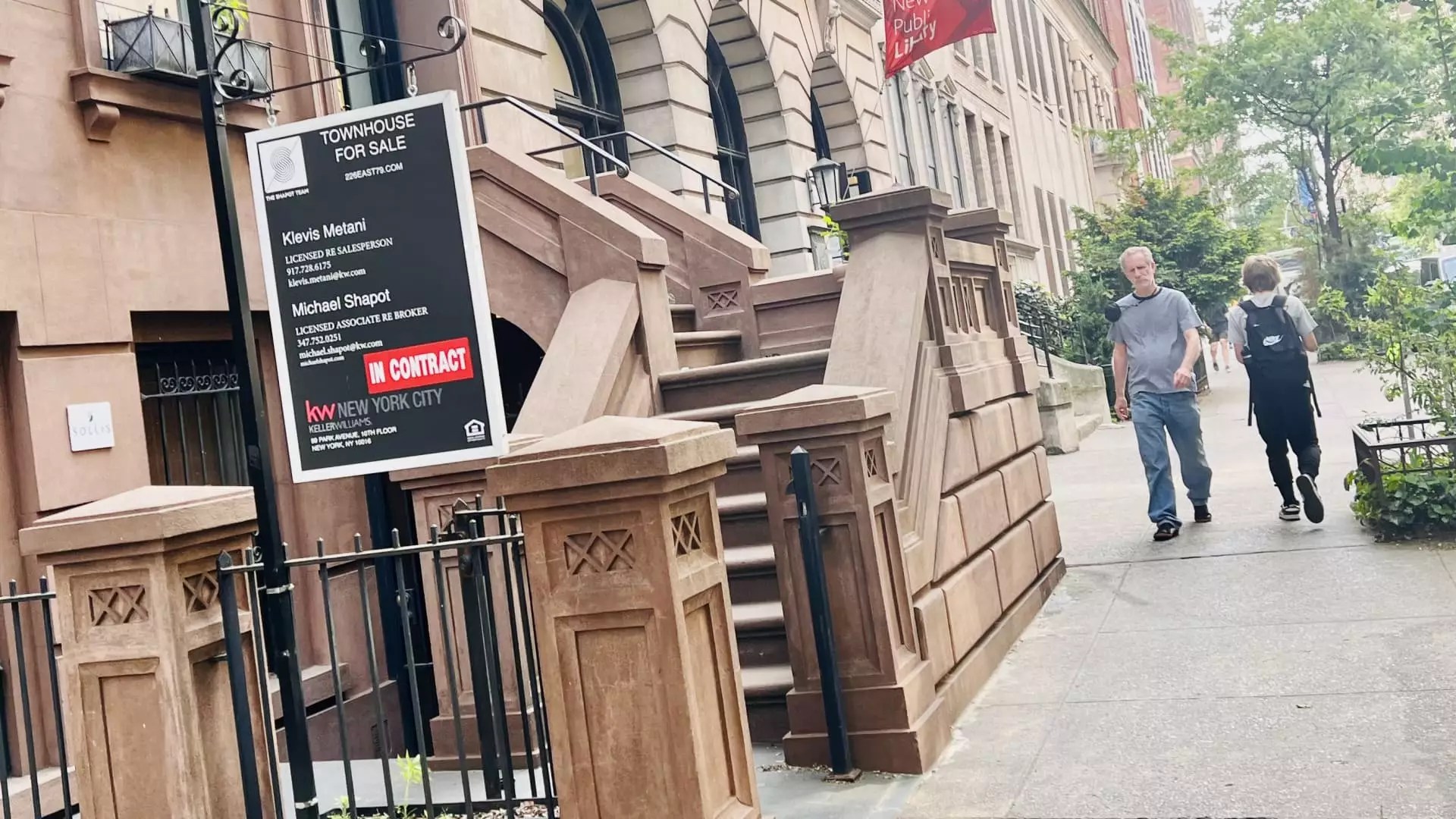Recently, mortgage rates plunged to their lowest point since October of last year, igniting a frantic rush among homeowners seeking to refinance their debts. On the surface, this appears to be a boon for consumers eager to lock in lower payments. However, beneath this surface lies a deeply concerning pattern: the reliance on fleeting interest rate dips to mask underlying economic vulnerabilities. Rather than signaling genuine financial stability, the spike in refinancing activities suggests borrowers and lenders alike are riding a roller coaster of short-term gains, blind to the long-term risks these fluctuations entail. It’s a precarious game of timing, where consumers dance to the tune of unpredictable monetary policy decisions, exposing themselves to the whims of future rate hikes.
Refinancing Boom: A Reflection of Economic Anxiety
The numbers tell a compelling story: a 58% weekly increase in refinance applications and a staggering 70% jump from the previous year. This surge underscores a fundamental shift—homeowners are actively reconfiguring their liabilities in anticipation of further rate cuts or fluctuations rather than due to genuine affordability. The fact that average refinancing amounts are soaring to their highest in over three decades indicates that large loans are fueling this activity, possibly creating another bubble of debt that could threaten the broader economic stability. While policymakers might celebrate lower borrowing costs, their persistence can foster a false sense of security that ultimately invites more risk-taking, inflation, and debt accumulation, which are hallmarks of over-leverage and economic fragility.
The Role and Risks of Adjustable-Rate Mortgages
What’s particularly noteworthy is the sharp increase in adjustable-rate mortgage (ARM) applications, reaching levels unseen since 2008. These loans, often viewed as a strategic choice for risk-tolerant borrowers, are now becoming a prominent feature of the refinancing landscape. Unlike traditional fixed-rate mortgages, ARMs offer initial lower rates—about 75 basis points less—generally for five, seven, or ten-year terms. This makes them attractive in a climate of low rates, yet they also carry inherent risks as future payments could surge when the initial fixed period ends. The widespread embrace of ARMs during this refinancing binge signals a dangerous complacency. Borrowers may be underestimating the potential pain ahead, especially if inflation or interest rate hikes return, turning a temporary benefit into long-term financial strain.
The Market’s Fragile Future: Politics, Rates, and Economic Tensions
Looking ahead, the anticipation of a Federal Reserve rate cut fuels optimism—and anxiety—simultaneously. While some see it as a lifeline for borrowers, history warns us that rate cuts are often followed by market sell-offs and higher rates, eroding the supposed benefits of today’s refinancing boom. Confidence in the stability of the bond market is misplaced; the systemic risks of overborrowing and overreliance on rate fluctuations could unravel quickly if market sentiments turn sour. For policymakers on the center-right wing of liberalism, this environment demands prudence. It’s vital to strike a balance—supporting consumers and a vibrant housing market without succumbing to the temptation of artificially propping up a fragile economy driven by short-term fixes. The current refinancing frenzy, while superficially positive, masks a deeper instability that, if left unchecked, could lead to a more severe economic downturn. There’s no room for complacency when market fundamentals are this volatile.


Leave a Reply